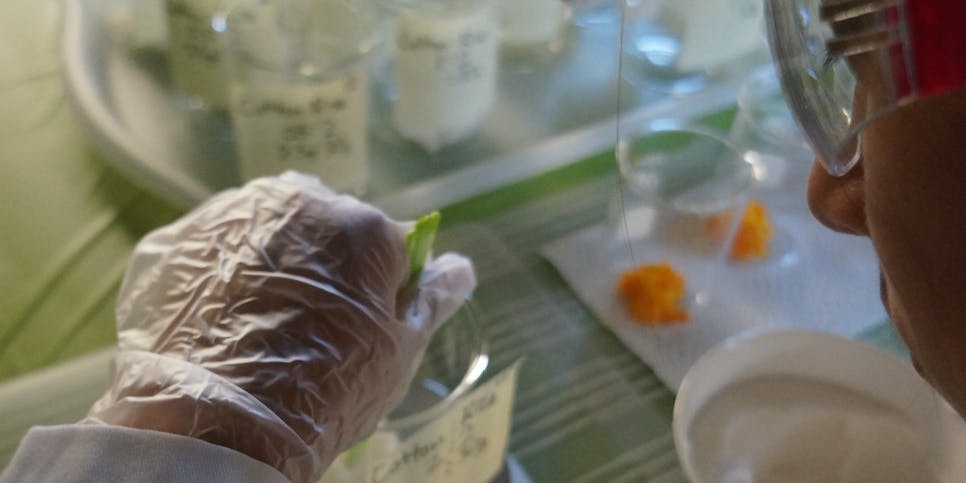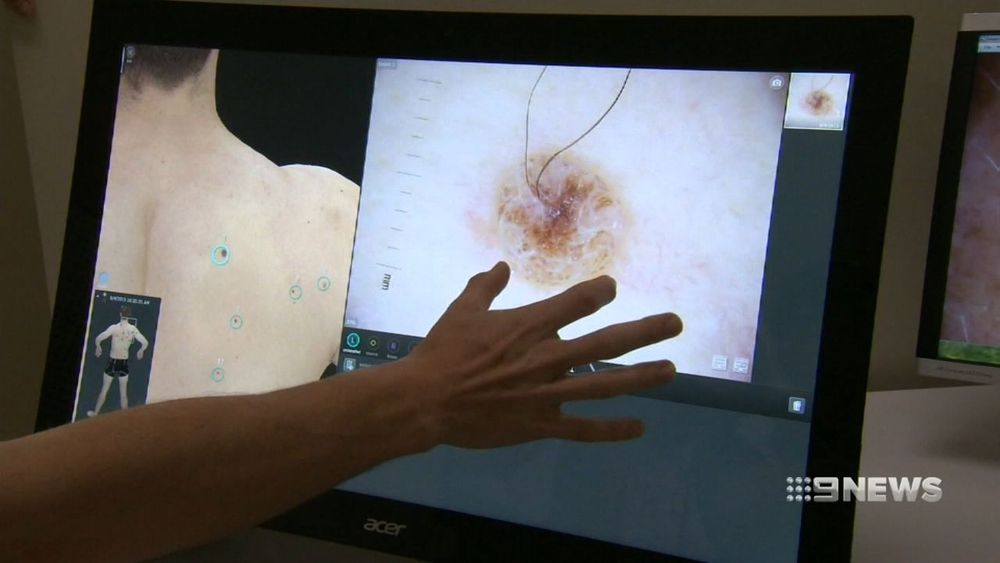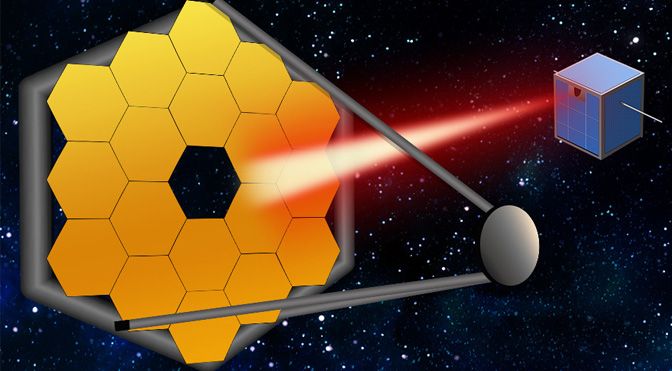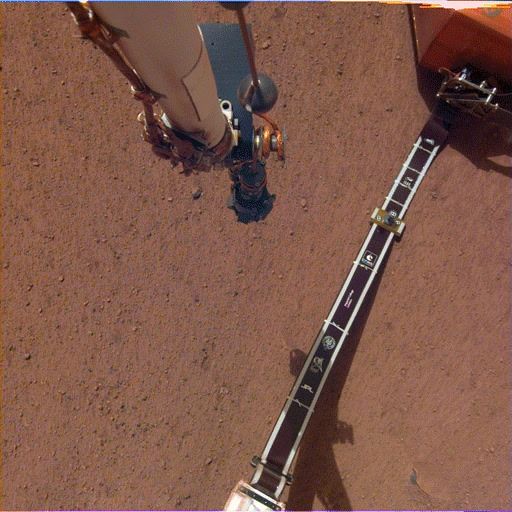Jan 5, 2019
A 14-Year-Old California Engineer Transformed Paper and Cotton Into Plastic
Posted by Genevieve Klien in category: materials
“I remember that, right when the first judge asked me their first question, everything just sort of clicked,” Prawira tells Inverse. “Everything rolled off my tongue to the point where I was talking and not really conscious of what I was saying. Everything was coming out of me, like I was born to say it.”
That science fair was one of many competitions that eventually took Prawira to the nation-wide 2018 BROADCOM Masters tournament in Washington, D.C., where she showed off her work in creating biofiber plastics, created from paper, cotton, and corn husks. About 4,000 student scientists competed in science fairs around the United States to reach that level, and this year Prawira won one of the top awards the competition has to offer.


















